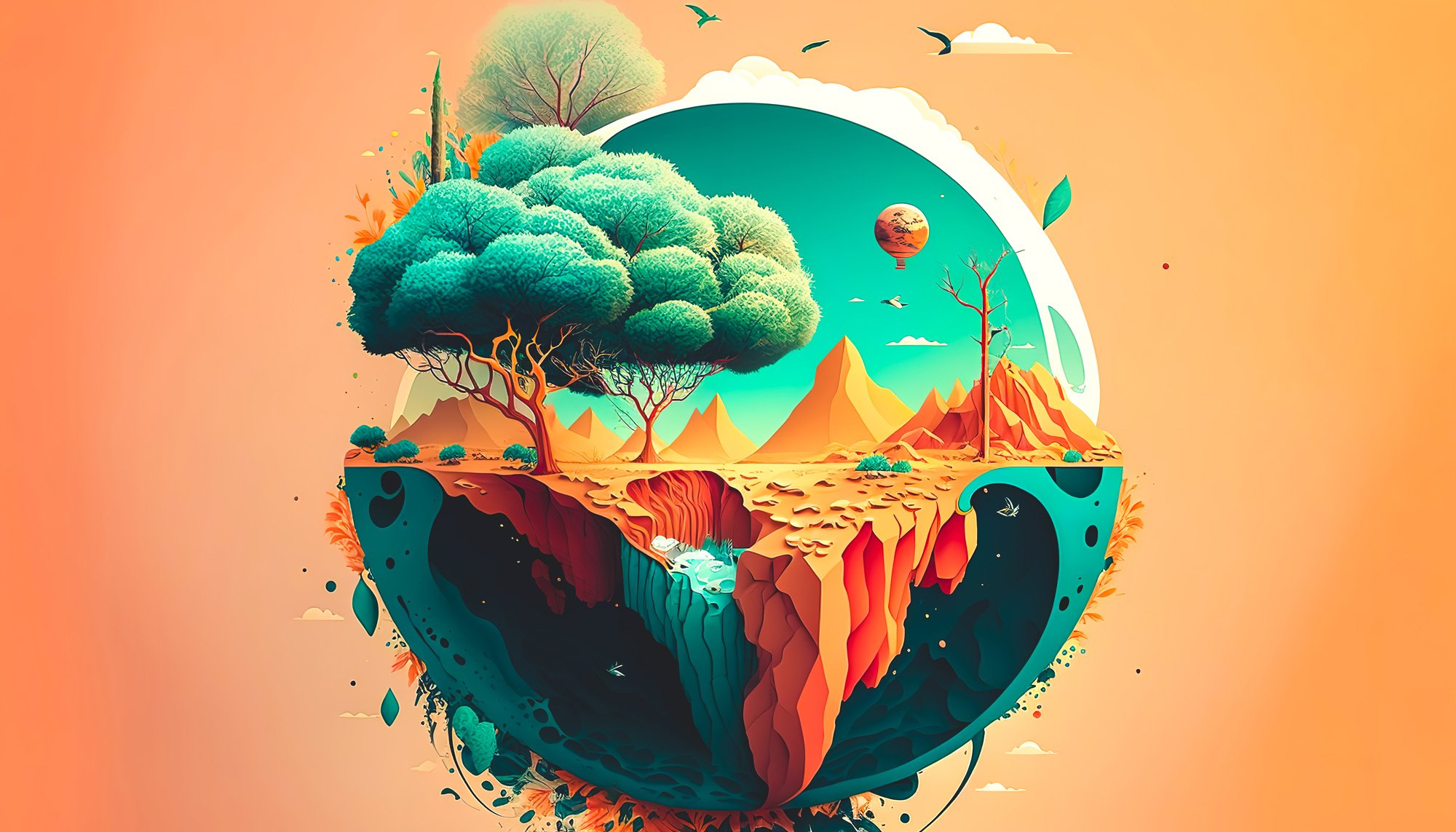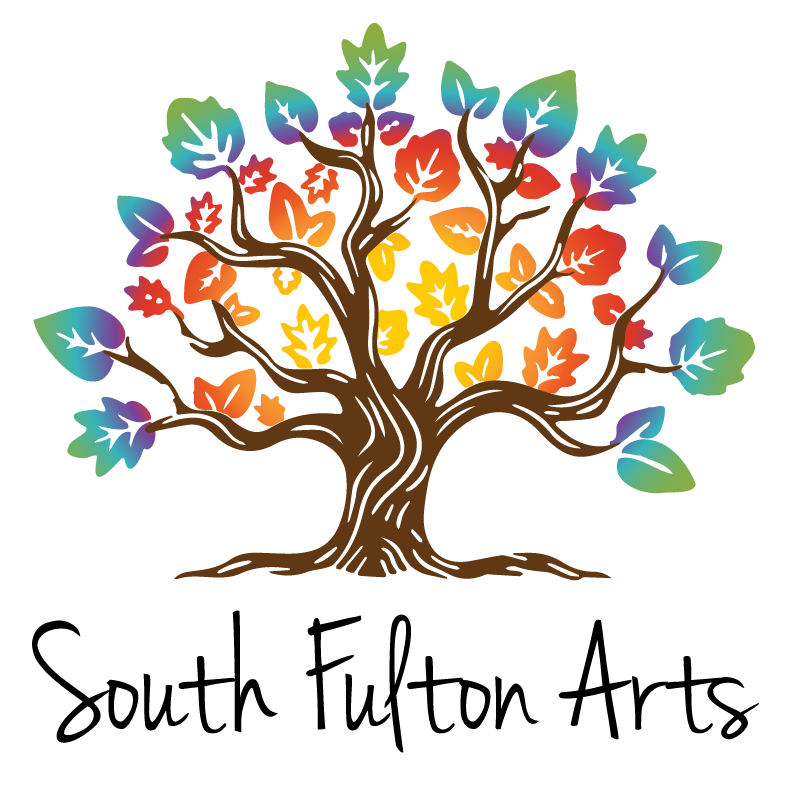
South Fulton Arts defines EarthArt as the use of natural materials to promote creativity, art, and the interconnectedness of people and the environment. Teaching kids the value of conserving materials is important because it creates good habits for the rest of their lives, reinforcing the ideas of recycling and reuse that are important in so many other contexts.
2022’s art project was created at the Red Oaks Festival by patrons who stopped by to paint a rock and learn more about the Institute. We garnered a collection of over 100 rocks to display publicly at the South Fulton parks and recreation office in the Red Oak District. Thank you to everyone who came out and participated!
Need a project for your child? Click below for a list of at-home earth art projects that are easy, fun, and promote environmental learning for all age groups and grade levels.
You might have thought about the declining quality of products over the past ~50 or so years, asking yourself why that washing machine you got 30 years ago lasted 20 years, but the one you replaced it with lasted 7. Before the era of industrialization, products were made to last. Everything a person owned was taken care of, cherished, and used until it couldn’t last another day. Following WWII, the automation of production increased speed and supply of products well past what was needed. The economy grew to rely on people replacing their used products in a way that surpassed the actual need to replace items. Planned obsolescence was the solution: goods were created to wear out in a shorter amount of time to drive sales. Instead of making products last, we throw them away and replace them, out of convenience.
How can we stop this ever growing trash island in the Pacific Ocean? How can we spend our money in a more sustainable way? We need to change these wasteful trends by nurturing new kinds of relationships with our possessions – creative, productive relationships.
Recycling is certainly a better option than tossing everything, but it still requires significant energy in transportation, processing, as well as manufacturing and redistributing the new products. Upcycling, then, is the ideal solution. The term originated in the 1990s and means reuse (discarded objects or materials) in such a way as to create a product of higher quality or value than the original. In other words, making one man’s trash another’s treasure. Upcycling can be employed in different ways: to meet basic human needs or to create objects of beauty, from an arts and craft perspective.
When doing an upcycling project, you don’t need anything fancy! Just your imagination and discarded items that you want to add value to. The beauty of upcycling is that you can inject life into something old- and if you mess up, no harm! You can deconstruct and reconstruct a material to be completely unrecognizable from its original purpose




